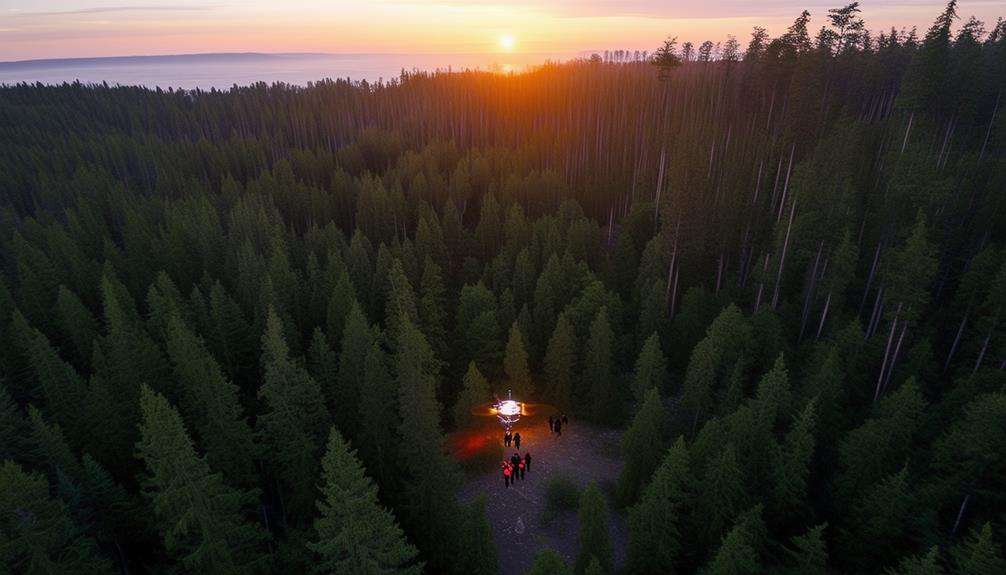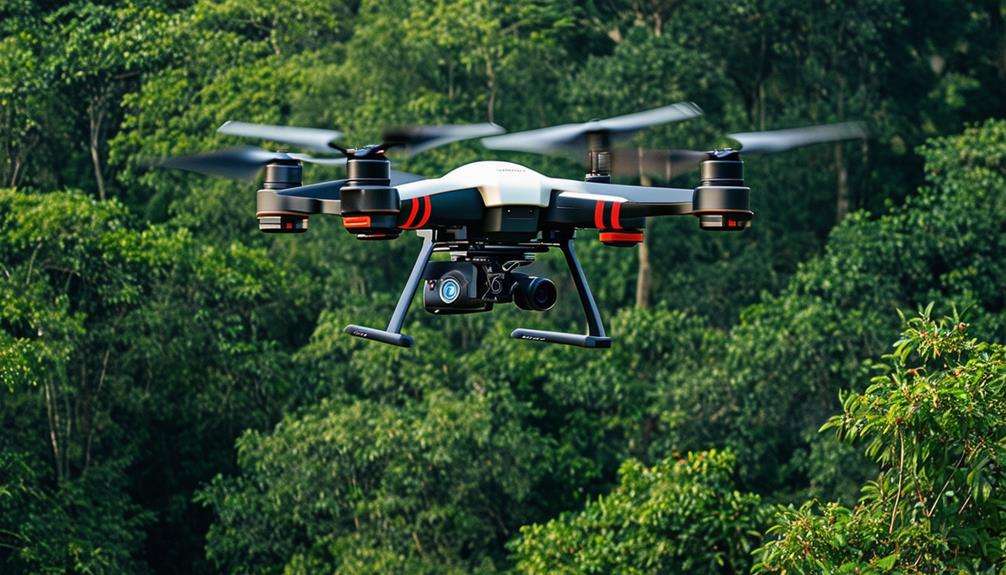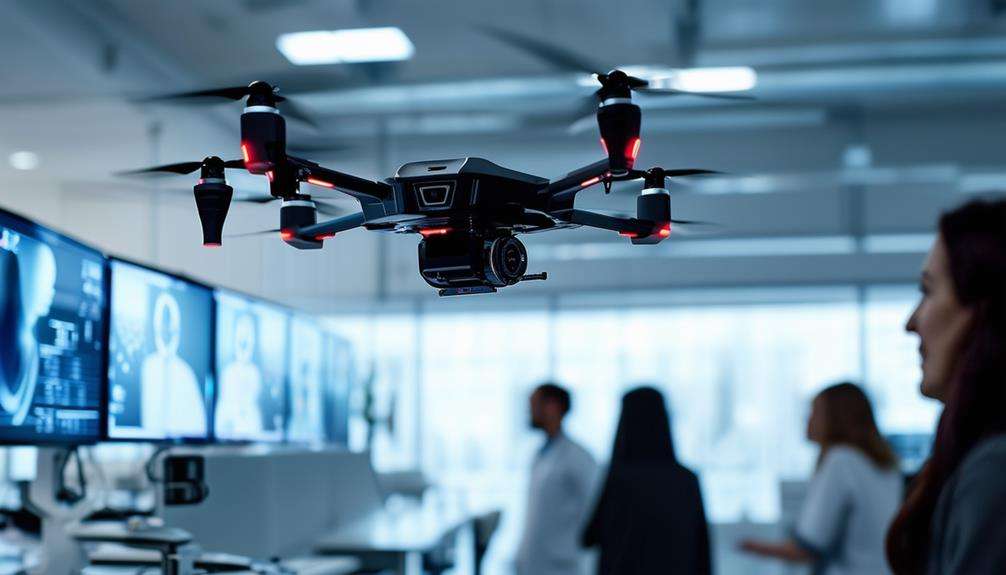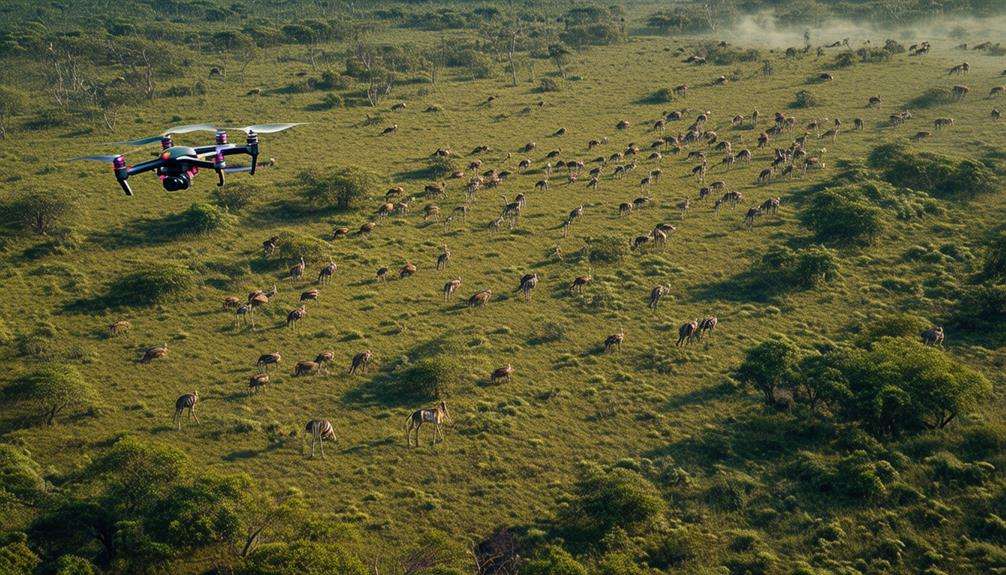The Most Iconic Drones in History
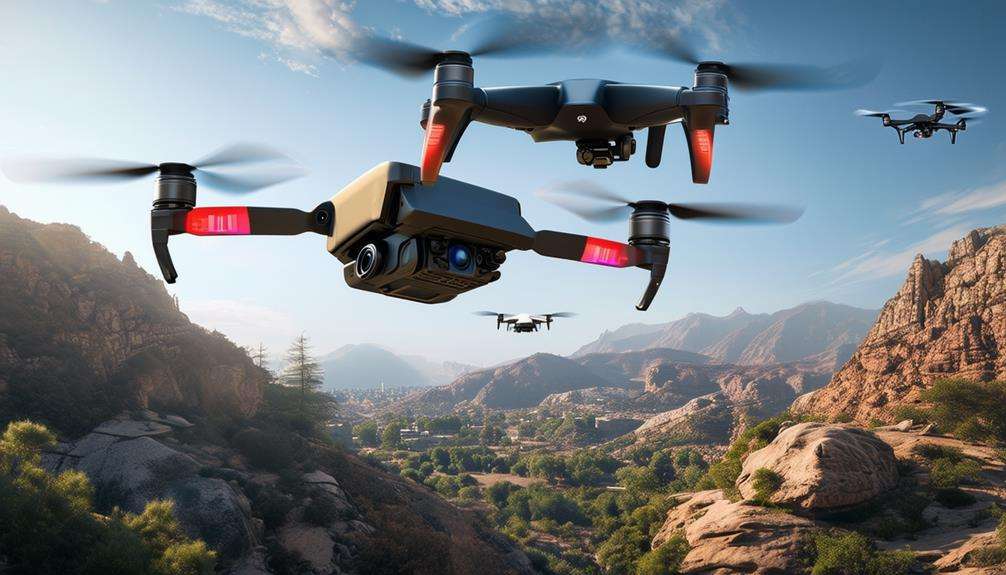
When considering the most iconic drones in history, it's fascinating to observe the technological journey from the Queen Bee in 1935 to modern marvels like the Predator and the Bayraktar TB2. Initially developed for military training, drones have transformed into advanced machines with unique capabilities that have significantly impacted modern warfare and surveillance. Exploring the milestones and stories behind these aerial vehicles reveals how they have shaped today's technological landscape.
The Queen Bee
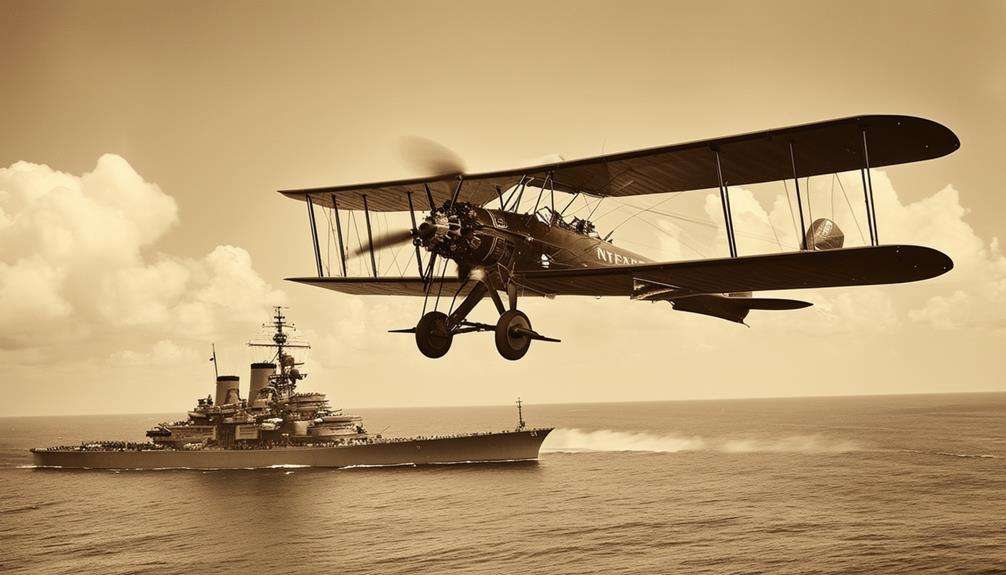
Pioneering the field of unmanned aerial vehicles, the Queen Bee was a groundbreaking radio-controlled aircraft developed in 1935 for training British anti-aircraft gunners. This innovative drone was based on the De Havilland DH.82B Tiger Moth biplane, a popular aircraft of its time. By adapting the DH.82B, engineers created a drone that could be effectively used for military training, particularly in target practice and aerial gunnery exercises.
The DH.82B Queen Bee featured a range of up to 150 miles, making it an ideal target for anti-aircraft gunners to hone their skills. Equipped with a radio transmitter, the Queen Bee could be remotely controlled, allowing operators to simulate real combat conditions without risking human lives. This capability marked a significant advancement in drone technology during the mid-20th century.
The Firebee
The Firebee is notable for its early military applications and versatility in reconnaissance and surveillance. More than just a target drone, it played a crucial role during the Cold War and gathered essential intelligence in the Vietnam War. This drone's impact extends beyond its era, significantly influencing the development of modern unmanned aerial technology.
Early Military Applications
Developed in 1951 by Ryan Aeronautical, the Firebee was one of the first mass-produced target drones used for military training and testing, marking a significant milestone in drone history. These early military drones, like the Firebee, were essential for realistic anti-aircraft training, simulating high-speed and high-altitude targets.
Initially known as the Q-2A Firebee, the drone was designed for versatility, capable of flying at speeds up to 647 mph and reaching altitudes of 65,000 feet. This made it invaluable for various military exercises, including target practice missions. Over 1,000 Firebee drones were produced, serving the U.S. military and its allies during critical periods such as the Cold War and the Vietnam War.
The Firebee's success extended beyond its operational use. Its development paved the way for more advanced unmanned aerial vehicles, influencing both modern drone technology and military strategies. The Firebee is a pioneering force that significantly shaped the future of aerial warfare.
Reconnaissance and Surveillance
During the Cold War, the Firebee transitioned from a target drone to a vital reconnaissance and surveillance tool. Developed by Ryan Aeronautical in the 1950s, it became a cornerstone in the history of reconnaissance drones, utilized by the U.S. Air Force, Navy, and CIA for crucial intelligence-gathering missions.
Equipped with a jet engine, the Firebee could reach speeds up to 575 mph and had a range exceeding 1,000 miles, making it a formidable asset in high-risk environments. Its high-altitude capabilities and advanced cameras provided critical imagery essential for military planning and intelligence operations.
The Firebee's longevity and adaptability are particularly noteworthy. Over the years, multiple versions were developed, each enhancing its reconnaissance capabilities. Whether capturing high-resolution images or monitoring enemy movements, the Firebee proved indispensable for surveillance, solidifying its place in drone history.
The Predator
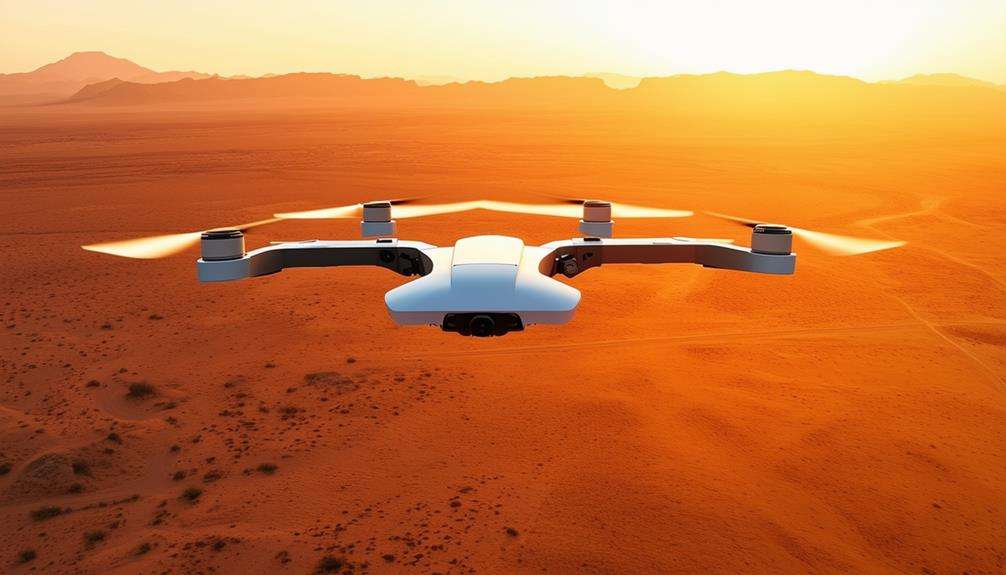
The Predator drone, a transformative advancement in military technology, exemplifies exceptional surveillance and precision strike capabilities. Developed by Abraham Karem, this unmanned aerial vehicle (UAV) has revolutionized modern warfare.
With its long-endurance capabilities, the Predator drone can remain airborne for extended durations, delivering continuous surveillance and intelligence. Outfitted with high-resolution cameras and signals-intelligence technology, it gathers crucial information that supports military operations.
Since its debut, the Predator drone has been integral to combat missions, underscoring a significant shift towards UAVs in military strategy. One of its most notable features is its ability to perform hunter-killer missions, wherein it can track and target individual cell phones with remarkable precision, enabling targeted strikes with minimal collateral damage. Nonetheless, it's important to recognize that the Predator drone has faced criticism for civilian casualties and ethical concerns in warfare.
The Global Hawk
How did the Global Hawk become a game-changer in high-altitude surveillance and long-range reconnaissance missions? It all began with Northrop Grumman's innovative design of this high-altitude, long-endurance unmanned aerial vehicle (UAV).
Featuring a wingspan of over 130 feet, the Global Hawk can reach altitudes exceeding 60,000 feet and remain airborne for more than 30 hours. Its remarkable endurance and wide-area surveillance capabilities make it indispensable for real-time data collection during reconnaissance missions.
The U.S. Air Force has leveraged the Global Hawk's advanced technology for intelligence gathering, surveillance, and reconnaissance operations worldwide. This UAV delivers critical information that enables military leaders to make informed decisions, whether tracking enemy movements or monitoring vast regions. The Global Hawk offers unparalleled situational awareness.
However, its impact extends beyond military applications. The Global Hawk has played a crucial role in disaster response, providing aerial views that assist in coordinating rescue and relief efforts. Additionally, it contributes to environmental monitoring, supplying data essential for studying climate patterns and natural disasters. The Global Hawk stands out as a groundbreaking tool in modern aerial surveillance and reconnaissance.
The Switchblade
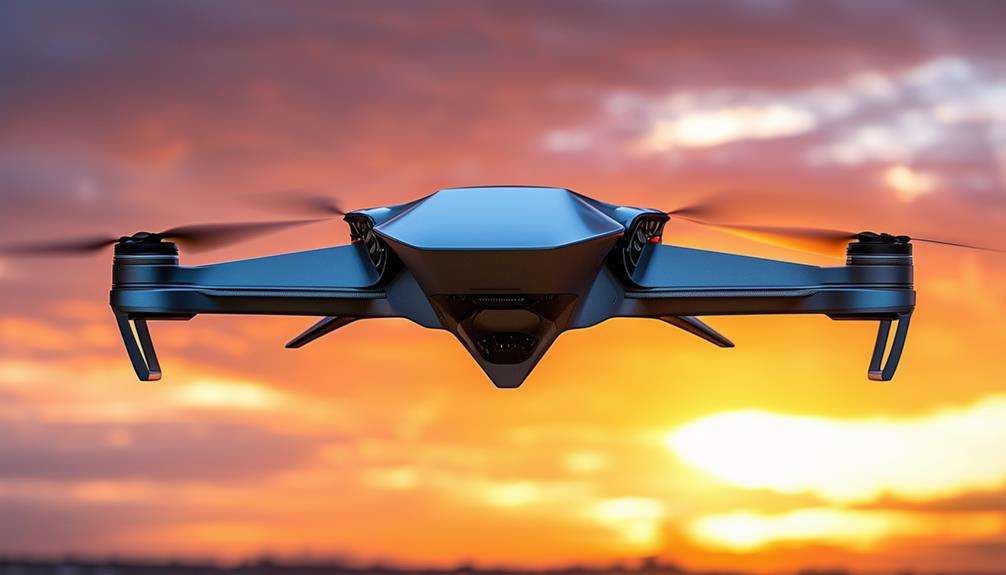
While the Global Hawk excels in high-altitude surveillance, the Switchblade offers a more tactical approach with its rapid deployment and precision strike capabilities. Developed by AeroVironment, this loitering munition is lightweight and man-portable, allowing a single soldier to carry and operate it. Its small size and silent electric propulsion make it ideal for covert operations.
Equipped with an onboard camera, the Switchblade aids in target acquisition, delivering real-time intelligence and situational awareness. Its tube-launch capability ensures swift action when engaging enemy targets. Once launched, it can loiter in the air, waiting for the optimal moment to strike, making it a versatile and lethal option for tactical engagements.
U.S. forces have employed the Switchblade in various combat operations, demonstrating its effectiveness as a force multiplier on the battlefield. Its ability to provide precision strikes minimizes collateral damage and enhances mission success. As drone technology continues to evolve, the Switchblade exemplifies how modern advancements can deliver tactical advantages in combat scenarios.
The MQ-9 Reaper
The MQ-9 Reaper stands out as one of the most formidable drones in modern warfare, known for its unparalleled surveillance and strike capabilities. This hunter-killer unmanned aerial vehicle (UAV) has become a cornerstone of U.S. military operations due to its extensive features that make it a formidable force on the battlefield.
- Impressive Wingspan:
- With a wingspan of 66 feet, the MQ-9 Reaper can carry a diverse array of weapons, including Hellfire missiles and GPS-guided bombs.
- Endurance:
- This UAV can remain airborne for over 27 hours, enabling extended surveillance and precision strikes.
- Combat Proven:
- The MQ-9 Reaper has demonstrated its effectiveness in conflict zones like Afghanistan and Iraq.
The MQ-9 Reaper isn't just a successor to the MQ-1 Predator; it represents a significant leap in performance and capabilities. Its ability to conduct long-endurance missions and deliver precise strikes has made it indispensable in modern military operations.
Whether it's gathering critical intelligence or eliminating high-value targets, the MQ-9 Reaper continues to redefine the potential of unmanned aerial vehicles in contemporary warfare.
The Bayraktar TB2
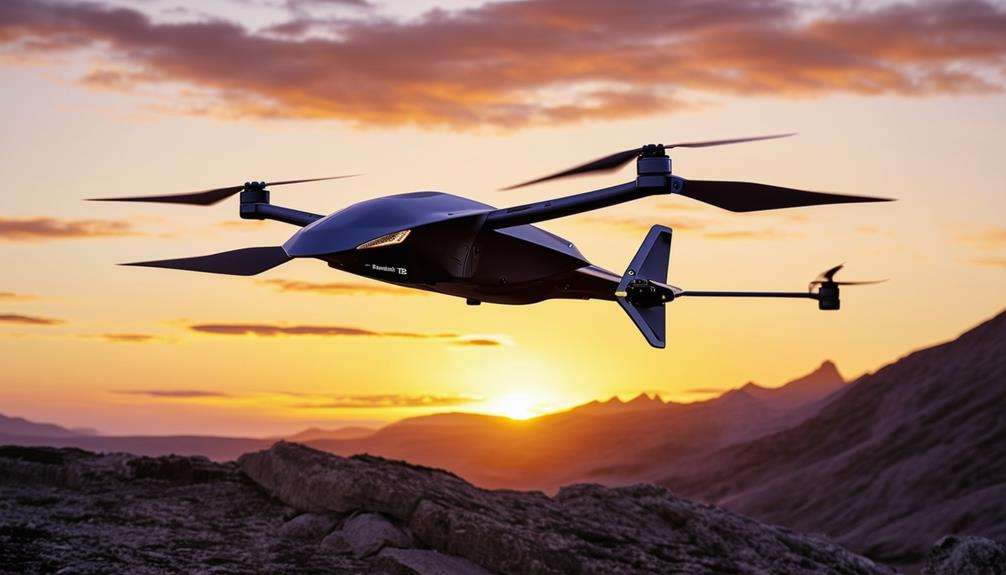
Now let's examine the Bayraktar TB2, a revolutionary force in modern UAV technology. Its exceptional combat performance and advanced features have made it a pivotal asset in global conflicts. With extended endurance and sophisticated payload capabilities, the TB2 has set new standards for tactical drones.
Combat Performance Highlights
The Bayraktar TB2 has emerged as a pivotal asset in contemporary military engagements. Renowned for its precision and adaptability, this combat drone has significantly influenced conflicts in regions such as Syria, Libya, and Nagorno-Karabakh.
Key highlights of the Bayraktar TB2's combat performance include:
- Destruction of Enemy Assets: The TB2 has effectively neutralized enemy armor, artillery positions, and air defense systems, demonstrating its formidable combat capabilities.
- Endurance and Range: Capable of a maximum flight time of 27 hours and a range exceeding 150 kilometers, the TB2 offers prolonged operational support and surveillance.
- Precision Strikes: Armed with laser-guided missiles, the Bayraktar TB2 executes precise strikes, reducing collateral damage and enhancing mission success.
Technological Advancements
Building on its combat success, the Bayraktar TB2 stands out for its cutting-edge technology, including real-time video transmission and high-altitude capabilities. As a tactical unmanned aerial vehicle (UAV), the TB2 utilizes modern technology to provide unparalleled situational awareness. Its real-time video transmission allows operators to monitor missions live, ensuring precise and timely decision-making.
Operating at a maximum altitude of 27,000 feet, the Bayraktar TB2 can effectively navigate diverse terrains and weather conditions. Its impressive range of over 150 kilometers enables it to cover extensive areas without frequent returns for refueling or recharging, making it highly effective for extended missions, whether they involve surveillance, reconnaissance, or direct combat operations.
The TB2's technological advancements extend beyond real-time video and high altitudes. Its sophisticated sensors and payload options enhance its versatility for numerous military applications. These features have earned the UAV international recognition and export success, solidifying Turkey's position as a leader in drone technology.
The RQ-170 Sentinel
Imagine a drone so advanced and stealthy that it earned the nickname 'The Beast of Kandahar'—that's the RQ-170 Sentinel for you. Developed by Lockheed Martin's Skunk Works division, this stealth UAV stands out for its distinctive flying wing design and low-observable features. The U.S. Air Force officially confirmed its existence in 2009, marking a significant milestone in drone technology.
The RQ-170 Sentinel has proven its worth in critical intelligence-gathering missions, including the surveillance of suspected nuclear sites in Iran. Its operational capabilities and stealth features make it a key asset for reconnaissance and surveillance missions.
The RQ-170 Sentinel is a marvel of modern engineering, offering:
- Advanced Stealth Features: Its design minimizes radar cross-section, making it difficult to detect.
- High-End Surveillance Technology: Equipped with cutting-edge sensors, it excels in gathering intelligence.
- Strategic Importance: Plays a pivotal role in national security missions.
This drone's unique combination of advanced technology and strategic importance underscores its iconic status. Whether it's flying over hostile territories or gathering critical intelligence, the RQ-170 Sentinel continues to be an invaluable tool in modern warfare.
Conclusion
You've explored the history of iconic drones, from the pioneering Queen Bee and versatile Firebee to modern marvels like the Predator, Global Hawk, and Bayraktar TB2. Each drone has played a crucial role in advancing technology and redefining military strategy. These innovations haven't only shaped aerial warfare but also opened new frontiers in reconnaissance and combat. The future of drones promises even more groundbreaking achievements.

